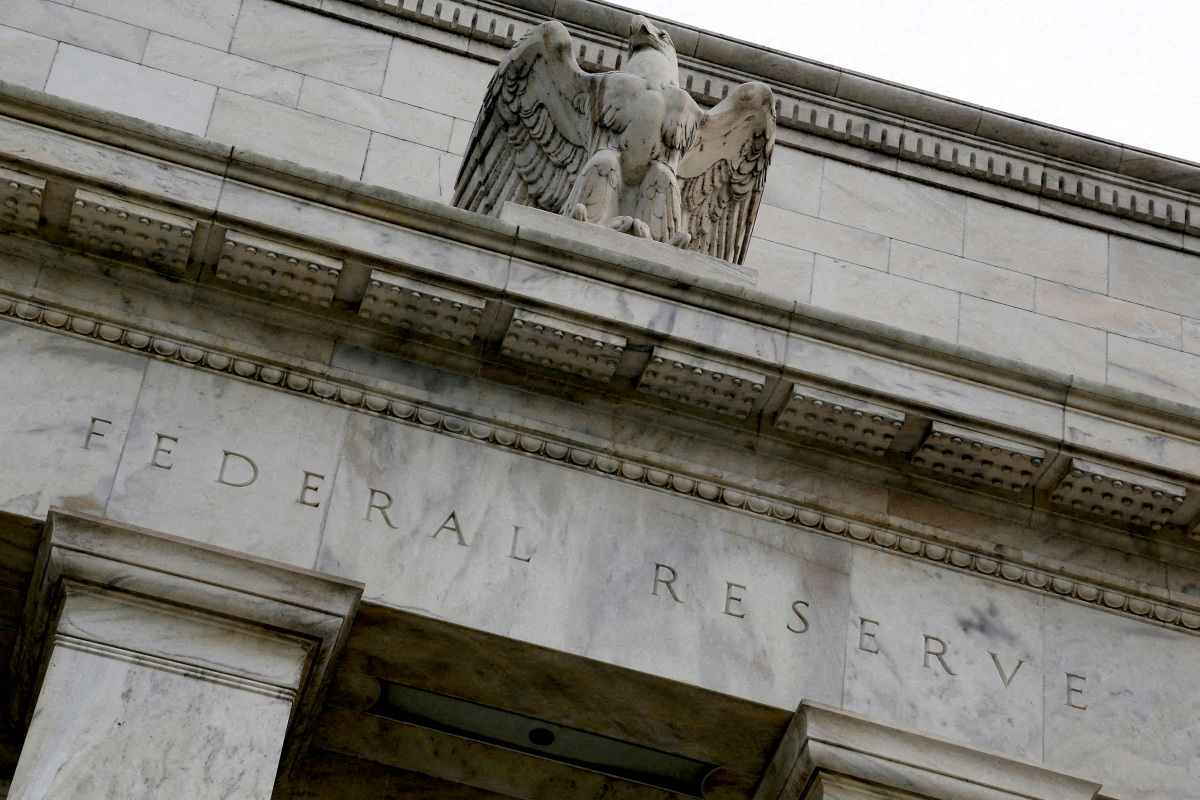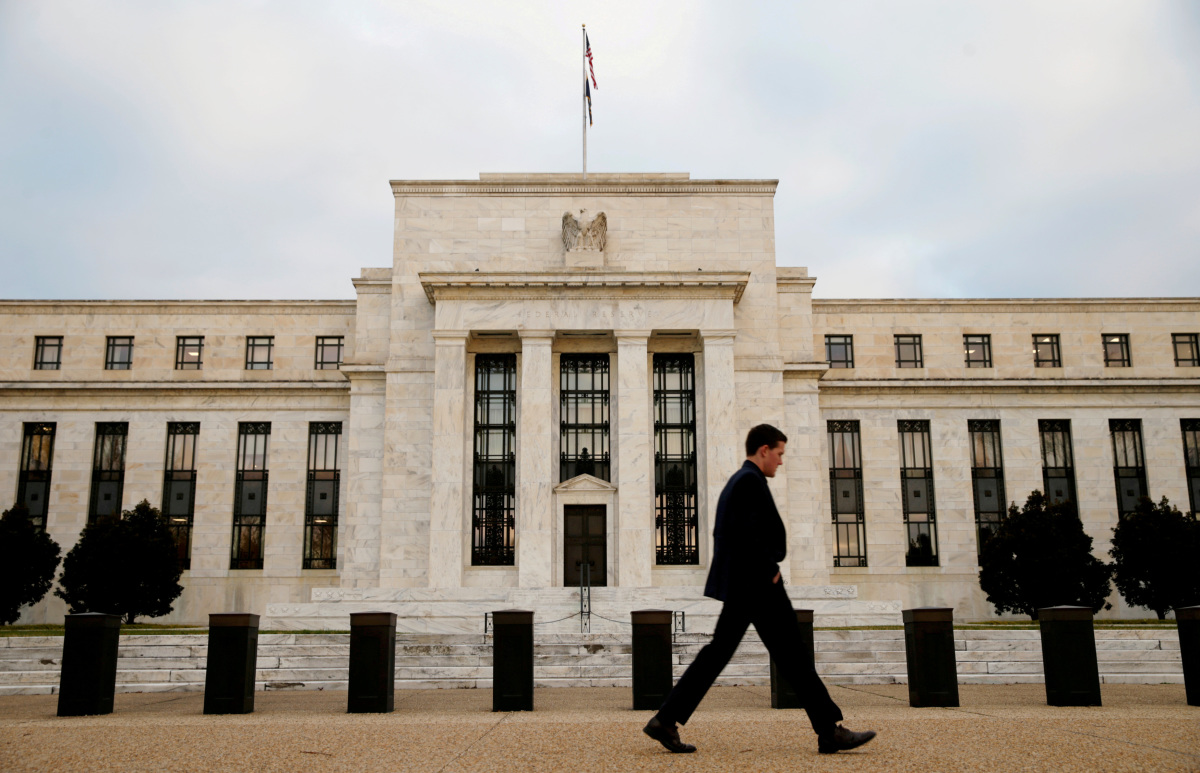Reuters
Banks sought record amounts of emergency liquidity from the Federal Reserve over recent days in the wake of the failure of Silicon Valley Bank and Signature Bank, driving up the size of the Fed’s balance sheet after months of contraction, central bank data on Thursday showed.
Banks took a record $152.9 billion from the Fed’s traditional lender-of-last resort facility as of Wednesday, while also taking $11.9 billion in loans from the Fed newly created Bank Term Lending Program.
Including more than $140 billion in other funding provided to the new bridge banks for Silicon Valley Bank and Signature Bank established by the Federal Deposit Insurance Corp, the central bank’s total balance sheet mushroomed by roughly $300 billion in the last week. That reverses a substantial portion of the balance sheet reduction accomplished since last summer.
The bank lending facility was launched on Sunday amid highly unsettled markets, rattled by the failure of regional financial firm Silicon Valley Bank on Friday and then Signature over the weekend.
The new Fed facility will allow a range of banks and other eligible firms to borrow against Treasuries, mortgage back securities and other eligible collateral at the face value of the collateral, breaking from other Fed lending efforts that put penalties on the lending. Firms can do this for up to a year at a borrowing cost of the one-year overnight index swap rate plus 10 basis points.
The bank lending facility is backstopped by $25 billion from the Treasury Department’s Exchange Stabilization Fund.
Fed data also showed that demand for discount window loans, the Fed’s primary tool to provide emergency liquidity to deposit taking banks, surged to $152.9 billion on March 15 from less than $5 billion a week earlier. That level compared to $50.8 billion seen on March 25, 2020, as the coronavirus pandemic’s onset rattled the global economy, and was well above the $112 billion record in the fall of 2008, during the most acute phase of the financial crisis.
The Fed also said that there had been $142.8 billion in credit extensions to depository institutions established by the FDIC to deal with bank failures. Those loans are secured by collateral and the FDIC has pledged repayment guarantees.
The surge in emergency lending caused the Fed’s balance sheet to stop shrinking and grow notably larger. After peaking at just shy of $9 trillion last summer before the Fed began taking action to reduce its holdings of Treasury and mortgage-backed bonds, overall holdings had fallen to $8.39 trillion on March 8, before moving up to nearly $8.7 trillion on Wednesday, which is the highest since November.







